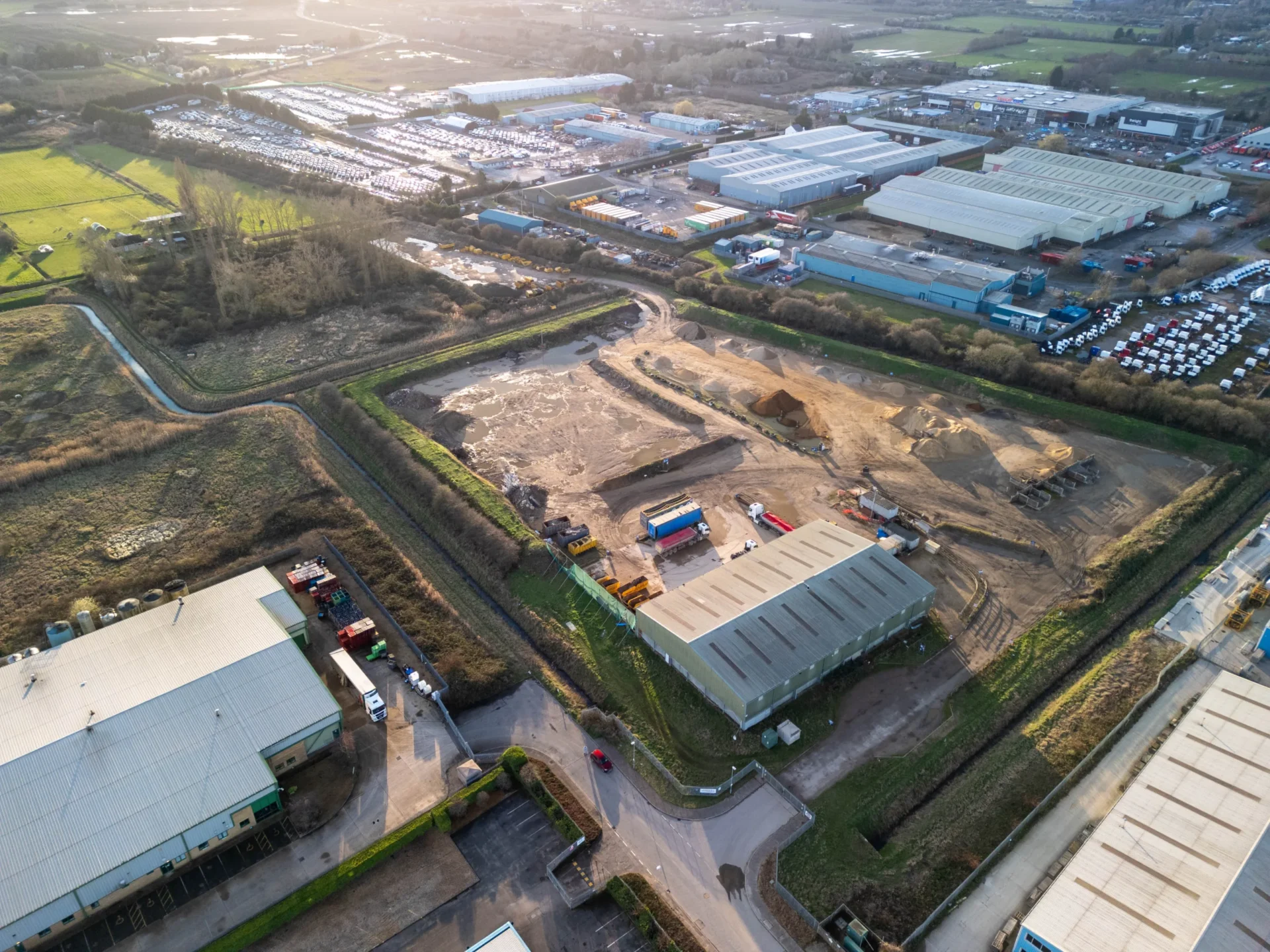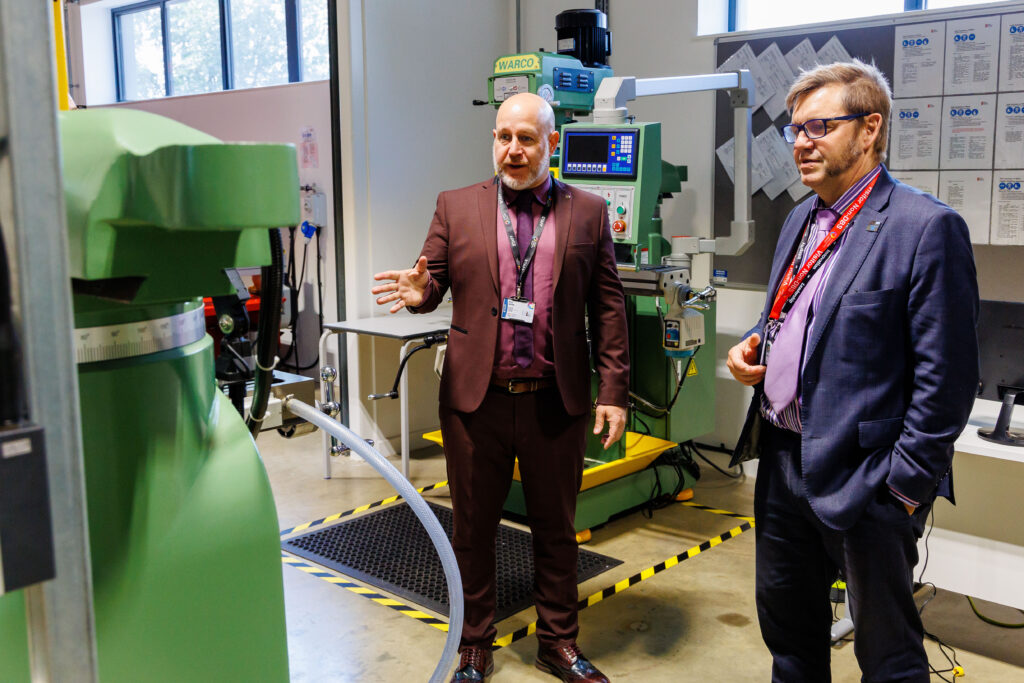Wisbech has been dumped on – big time. Confirmation of the implications for the town – and for Fenland – are confirmed in a 60-page decision notice last night by the Planning Inspectorate approving a £450m incinerator on a 13-acre site at Algores Way.
If it does go ahead (legal challenges are afoot) it will be a hideous imposition on a Fenland community and with far reaching implications that will be felt for generations to come.
The scale of the incinerator is breath-taking, one of the biggest in Europe and foisted on a deprived part of the country which needed better housing, better health care, and better transport and not an extra 300 lorries bringing part of the nation’s rubbish to its doorstep.
MP Steve Barclay described the Medworth Energy from Waste Combined Heat and Power Facility as a “flawed scheme” and “terrible news for the area” and promised to continue to “do everything possible to fight it”.
He said: “This is not the end of the application process as the developer also needs an environmental permit to operate, which has not yet been granted, and the planning decision may be subject to judicial review.”
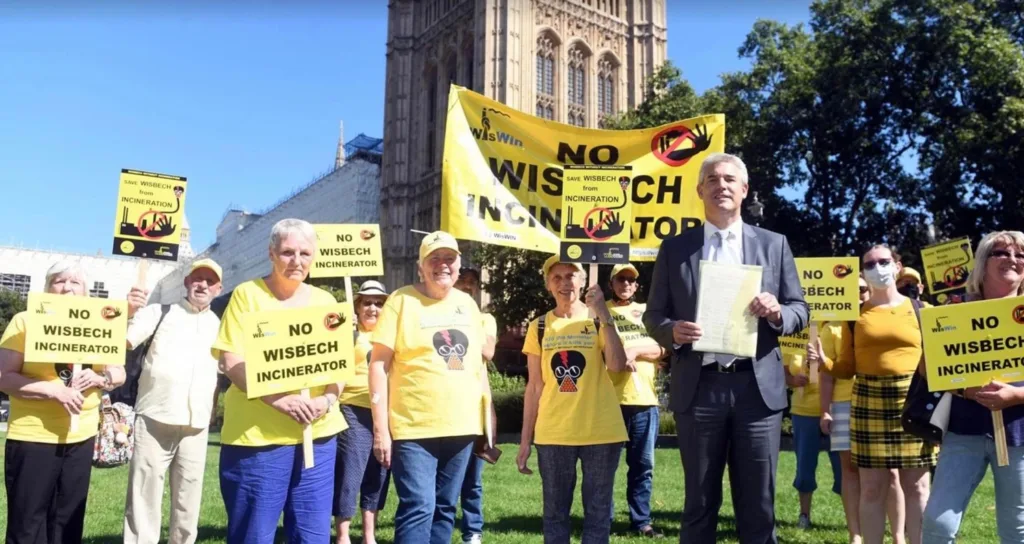
But as Environment Minister and a key member of the Government, Mr Barclay is restricted in what he can say or do – even though as he admits in his recent statement he lives near Wisbech and so has a personal interest in the Medworth decision.
The ministerial code explains the boundaries.
“Ministers are advised to take particular care in cases relating to planning applications in their constituencies or other similar issues,” it says.
“In all such cases, it is important that they make clear that they are representing the views of their constituents, avoid criticism of Government policies and confine themselves to comments which could reasonably be made by those who are not Ministers.
“Once a decision has been announced, it should normally be accepted without question or criticism.”
But that does not prevent him being “extremely disappointed that development consent has been granted for the Wisbech incinerator.
“There is a lot to digest in the [60 page] decision letter and recommendation report and I will review that to try to understand why this scheme has been approved and how we might move forward.”
In @HouseofCommons I raised the strong opposition to #Wisbech incinerator from local people
Very disappointingly decision issued last week that was being clarified has now been confirmed.
Will work with other local MPs to look at next steps to raise residents opposition. pic.twitter.com/3Yla7OnWY9
— James Wild MP (@jamesowild) February 27, 2024
The decision was confirmed last night by David Wagstaff, head of energy infrastructure development and on behalf of Claire Coutinho, Secretary of State for Energy Security and Net Zero, in a letter to Paul Carey, managing director of Medworth CHP Ltd.
It had first been issued last week but withdrawn for “clarification” but whatever the reasons is now restored to the Planning Inspectorate website.
“Whilst that clarification process took place, information relating to the decision was removed from the website,” says the notice.
“The announcement and relevant documentation have now been reinstated, with no alterations having been made.”
With some reservations, the minister accepts the findings of the two inspectors – Andre Pinto and Claire Megginson – that Wisbech is, effectively, the right project, at the right time and in the right place.
She agrees that “the overarching need for the proposed development is strong.
Fenland Council hits the panic button to stop £450m Wisbech incinerator
“And that it makes a positive contribution to addressing the urgent need for new nationally significant electricity infrastructure by using waste for the production of electricity and heat”.
The minister accepts too that Medworth “will reduce the amount of waste that goes into landfill, does not prejudice the achievement of local or national waste management targets in England; does not compete with greater waste prevention, re-use, or recycling, and would not result in over capacity of EfW (energy from waste) treatment at national or local level”.
The decision statement accepts the inspectors’ findings with the minister agreeing an “ongoing urgent need for new electricity NSIPs (Nationally Significant Infrastructure Projects), including Energy from Waste, to be brought forward as soon as possible.
“The Secretary of State agrees that very great positive weight should be attached to the need for the proposed development.”
The decision notice contains technical detail and analysis, but it is clear that MVV Energie – the parent company of Medworth CHP Ltd – has dug deep to bankroll the Wisbech project since it was first announced.
Land has been bought ready for the go ahead and in one instance the company has bought a property which they have, incidentally, agreed should not be re-let for residential purposes.
And they also plan a 3m high acoustic fence along the entire frontage of another property – 10 New Bridge Lane – which they say, “would assist in screening the lower parts of HGVs and their headlights”.
Even the inspectors found this challenging.
“The fence itself, due to its overall height, would stand out as a dominant and incongruous feature in contrast to the dwelling and its rural surrounds.
“And the ExA (inspectors) noted that all parties agree that significant effects on visual amenity would be experienced by residents of No.10 New Bridge Lane during construction and operation.
“Despite these effects, the ExA did not consider that the proposed development would breach the RVAT (Risk and Vulnerability Assessment Tool) and turn the residence into an unsatisfactory place to live.
“The Secretary of State agrees with the conclusions drawn by the ExA, and notes that this adverse impact weighs against the proposed development with regard to landscape and visual impact.”
Only 9 and 10 New Bridge Lane are referenced in respect of “significant effects” on health associated with operational noise.
But with an acoustic fence at 10 New Bridge Lane “the identified effects would be adequately mitigated.
“In relation to 9 New Bridge Lane, the property has already been purchased by the applicant” and agreement reached that the property “would not be used for residential purposes before the end of the decommissioning of the proposed development”.
There are few crumbs from the minister’s table for the people of Wisbech.
One is that Ms Coutinho “notes that the signed 106 agreement (community benefit) secures the payment by the applicant of £400,000 into a community fund for PRoW (public rights of way) and NMU (non-motorised users) enhancements” which she feels will “help to offset the adverse impacts on local communities and PRoW”.
She also accepts that this does not make the development “acceptable in terms of landscape and visual effects.
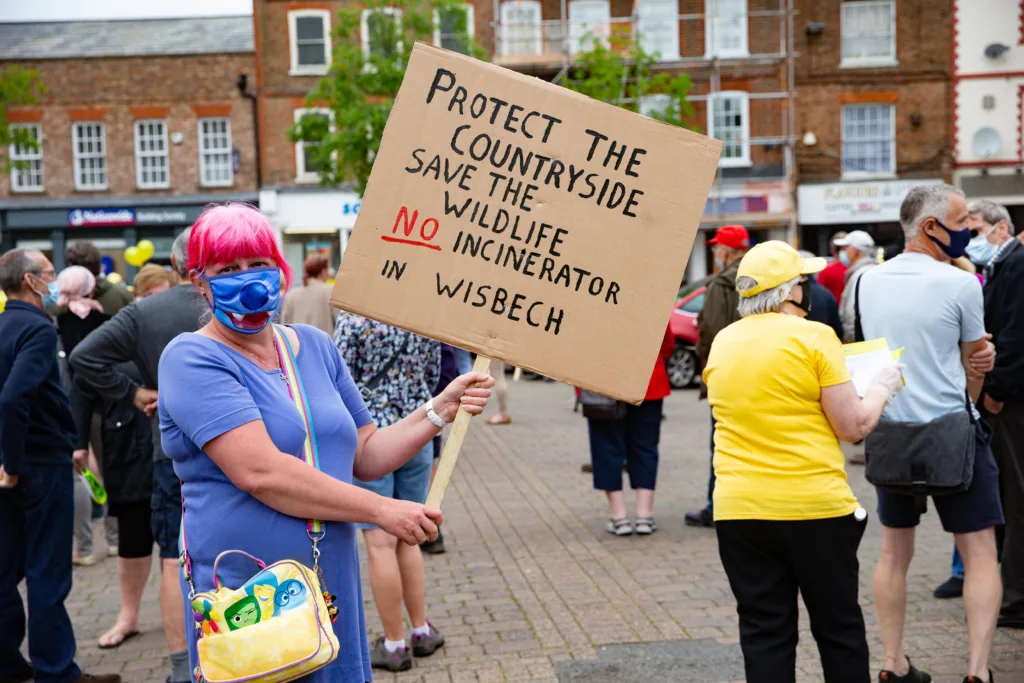
Picture by Terry Harris.
“The Secretary of State recognises that the proposed development, despite the mitigation measures in place, will still have a significant negative visual impact on the surrounding area and therefore ascribes great negative weight to landscape and visual impacts”.
But we’re stuck with it anyway.
On the jobs front – 700 during construction, 770 others off site, and 40 full time to run the plan – the report has this to say.
“The number of new employment opportunities created during operation are considerably less than during construction, therefore this carries little weight in favour of the order being made.
“Having considered the submitted evidence, the ExA considered that matters which would have detrimental effects on health would be adequately addressed through separate regulations and consenting regimes.
“Overall, the ExA considers that the human health impacts of the proposed development have been considered, minimised, and mitigated as much as possible.
“On this basis, whilst there are some outstanding adverse effects on a small number of receptors, given their temporary duration and being limited to the construction phase, the ExA was content that the effect would be neutral, and does not weigh for or against the order being made.”
The report also offers a reminder that although final determination is yet to be made, the Environment Agency had previously issued a draft decision “that it was minded to approve the environmental permit” although this has attracted 200 responses, all of which must be considered.
In respect of the heritage assets locally, the Secretary of State says she agrees with the ExA that Medworth would result in “less than substantial harm to the designated heritage assets of Wisbech Conservation Area and No.15 South Brink.
“However, the Secretary of State considers that this harm should carry minor negative weight in the planning balance.”
And it is full steam ahead too for compulsory and temporary purchase orders to acquire extra land.
While these powers “might result in some adverse impacts, in view of the established need for energy generation and the need to provide certainty in terms of project delivery, the ExA considers there is a compelling case in the public interest for that the land to be acquired compulsorily,” says the decision letter.
“The Secretary of State has found a compelling case in the public interest and is therefore, in agreement with the ExA”.
And she agrees granting such orders had no reason to believe these would give rise to “to any unjustified interference with human rights so as to conflict with the provisions of the Human Rights Act 1998”.
A section of the decision notice considers whether alternative sites would have been available for Medworth.
The company had explained essential criteria were:
1: A location to respond to the requirement for additional EfW capacity
2: A site in proximity to potential heat and electricity customers
3: The ability to export electricity to the national transmission or local distribution electricity networks
4: A site of sufficient size
5: Good access to the strategic highway network.
Additional, but preferable, criteria included “a brownfield site used for waste-related or similar commercial activities; a site allocated for waste related uses; a site where the broad spatial strategy supports its use for waste management purposes, and a site free of environmental designations”.
Based on that, says the report, Algores Way ticked all the boxes “and the applicant concluded that the EfW CHP Facility site was suitable and that following the completion of the site selection process, the consideration of specific alternative locations for the EfW CHP facility was not necessary”.
The decision letter mentions pressure from Cambridgeshire County Council and Fenland District Council to consider alternatives – and a list was provided – but “as such, these sites are either not realistic alternatives or the applicant has not demonstrated what efforts have gone into overcoming constraints prior to ruling them out of their screening process, resulting in the proposal site being the only option.
“The applicant’s position is that other sites, namely Rivenhall, (Essex) Saddlebow (King’s Lynn) and the Peterborough Green Energy, were considered but were not taken forward as an alternative to Medworth because these sites were either unavailable, had been refused 24 consent or lacked sufficient market potential for CHP.
“Furthermore, the applicant also states that from a policy perspective that there is no general requirement to consider alternatives”.
Another part of the argument claimed the site was “not within any nationally recognised designation for nature conservation.
“The proposed development can make a positive contribution to the overarching objectives of the Government’s Environmental Improvement Plan as well as helping to achieve energy security in line with the UK’s ambition to be Net Zero by 2050”.
So, what about the benefit to local businesses. The decision letter contains the following.
“The applicant states that there are technically feasible opportunities for the export of an annual average heat of 25.61MWth to potential heat customers,” says the report.
“Steam extracted from the turbine would supply these potential heat consumers via the CHP Connection Corridor.
“Discussions with potential heat users are in their preliminary phases.”
The examining inspectors, says the report, recorded that Lamb Weston and Nestle Purina “had indicated their process steam requirements but Eviosys packaging and Fountain Frozen had not responded.
“Facilities located near to, but not directly on, the proposed CHP connection corridor, such as Del Monte, had not yet been approached”.
The minister says she received post-examination correspondence from an IP, forwarding an email from Nestle dated 16 August 2021 which stated ‘although energy from waste plants can play a valuable role in reducing the amount of waste going to landfill, we have no plans to partner with MVV Environment on their proposed project for Wisbech.
“In this instance we believe there are more appropriate alternatives which can deliver the renewable energy we need, in suitable locations, as part of our journey to Net Zero”.
The minister says she recognised that Medworth acknowledged there are no formal agreements in place for exporting heat from the EfW CHP facility.
“The applicant considers this is not unexpected as such agreements are typically only entered into once the applicant is able to make guarantees as to the heat supply, which can only happen once the necessary consents are in place,” says the report.
“The applicant considers it is difficult for potential customers to make commercial decisions on a heat supply from the proposed development before any guaranteed heat price, guaranteed availability and guaranteed schedule can be committed to.
“And that these would be determined during the detailed design and techno-economic assessment stages.
“The applicant has proposed an outline action plan which would be implemented alongside the construction programme involving a detailed and reliable database of potential heat consumers is a key activity.
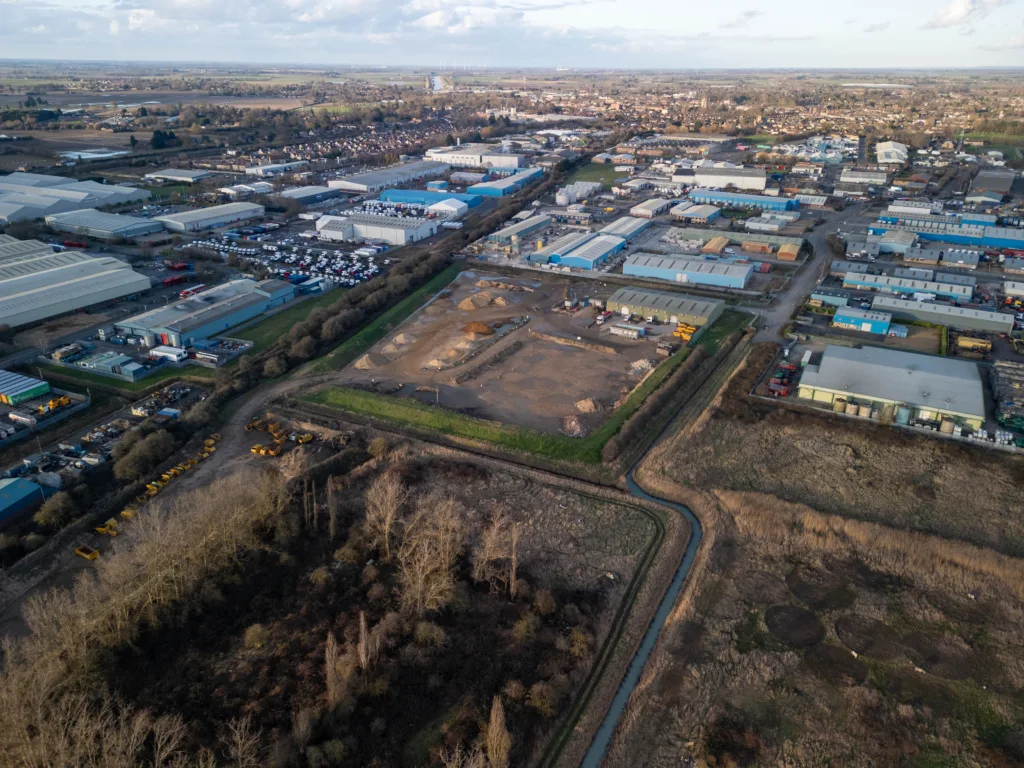
“This should be revisited and updated at least every 2-years so that new developments can be added, and existing developments can be updated.”
The minister said her inspectors had stated they would have expected to see evidence such as discussions with local businesses, to demonstrate the extent of the benefits offered and the deliverability of CHP.
But her report adds that “the applicant considered that it is not typical to have contracts in place at this stage in the process and it was not willing to breach commercial confidentiality to provide evidence of discussions”.
The minister was referred to policies which allow for a generating station that is CHP-ready for customers to come forward later.
“The applicant stated that it had identified four potential customers and requested data on their current energy demand, with some data provided to the applicant,” says the decision notice.
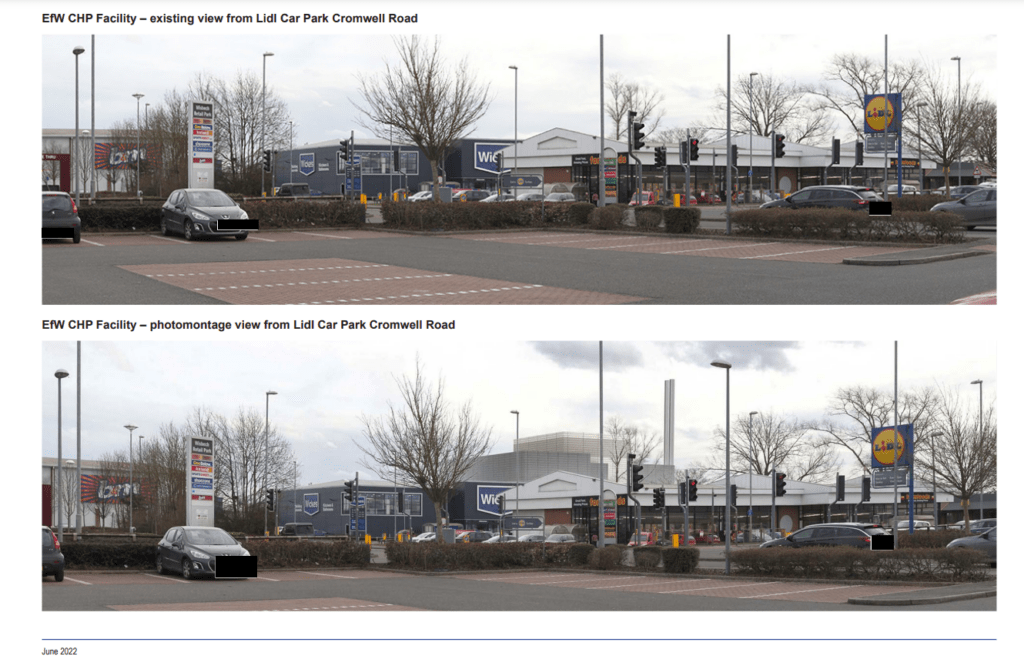
“It has a generating capacity of over 50 megawatts; the steam and electricity can be used locally, and excess electricity will be exported to the grid.”
“In terms of the lack of evidence of customers, the applicant stated that their heat customers for their plant in Germany change over time, with customers there today that were not customers 20 years ago and reiterated that the potential to provide CHP can be considered as a positive benefit.
“And it would be unreasonable to not attach any weight to the proposed development’s CHP potential solely on the basis that the applicant could not provide evidence of committed customers at this point in the process.”
The Wisbech EfW CHP plant will have the capacity to process up to 625,600 tonnes of residual waste per annum and this, says the report, is a positive contribution “to the creation of a network of waste disposal installations that would address the identified shortfall while moving waste up the hierarchy via the use of appropriate technology.
“The Secretary of State notes the importance of waste treatment, but also notes that diversion of waste from landfill into a network that treats waste overall and uses it for the creation of electricity and heat is a key objective and in line with the relevant national planning statements”.
The decision letter adds: “The Secretary of State has considered the overall planning balance and has concluded that the public benefits associated with the development outweigh the harms identified, and that development consent should therefore be granted.”


